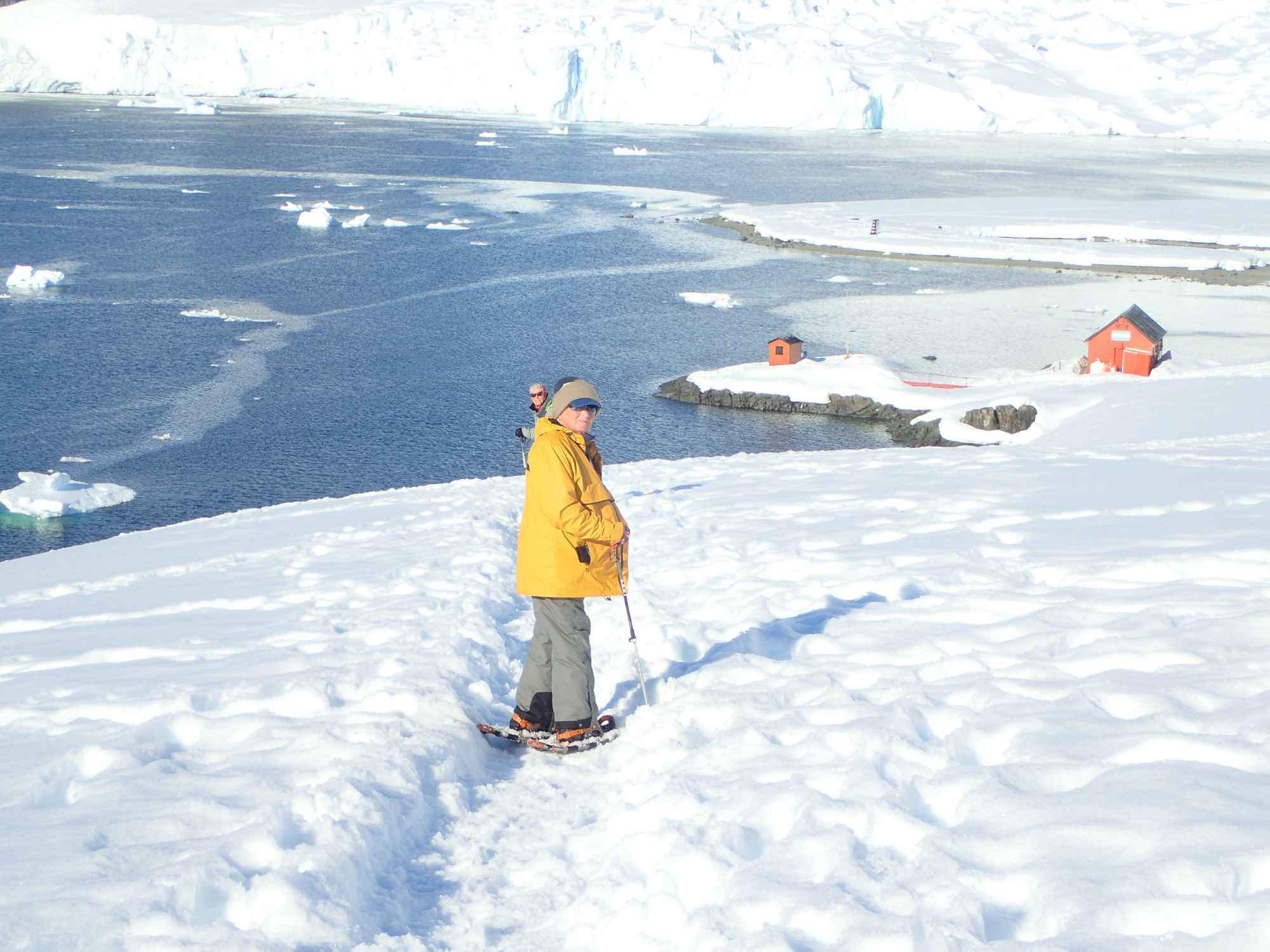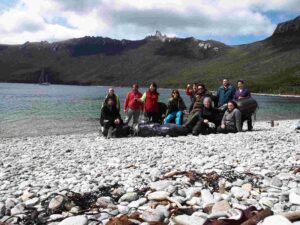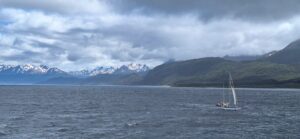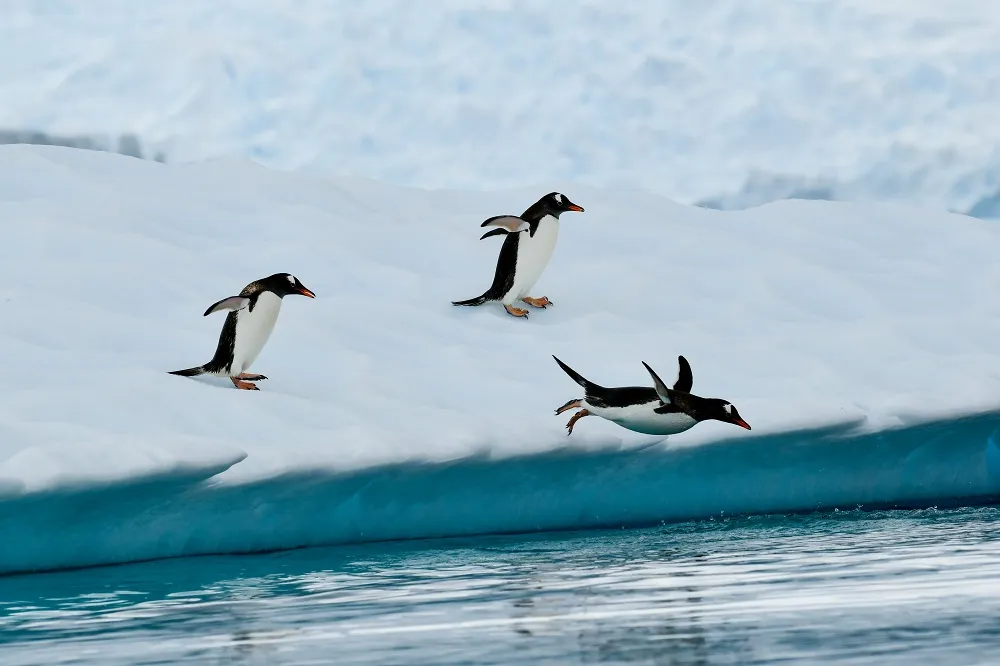Understanding antarctica weather: A guide for travelers
Antarctica weather: Antarctica the coldest and most remote continent on Earth, offers a unique environment for adventurers seeking the ultimate frozen wilderness. Before planning a cruise to Antarctica or booking Antarctica tours, it’s crucial to understand the continent’s weather patterns, how they change throughout the year, and how to prepare for them. This guide provides an overview of the Antarctica weather, the best times to visit, and what to pack to make the most of your trip.
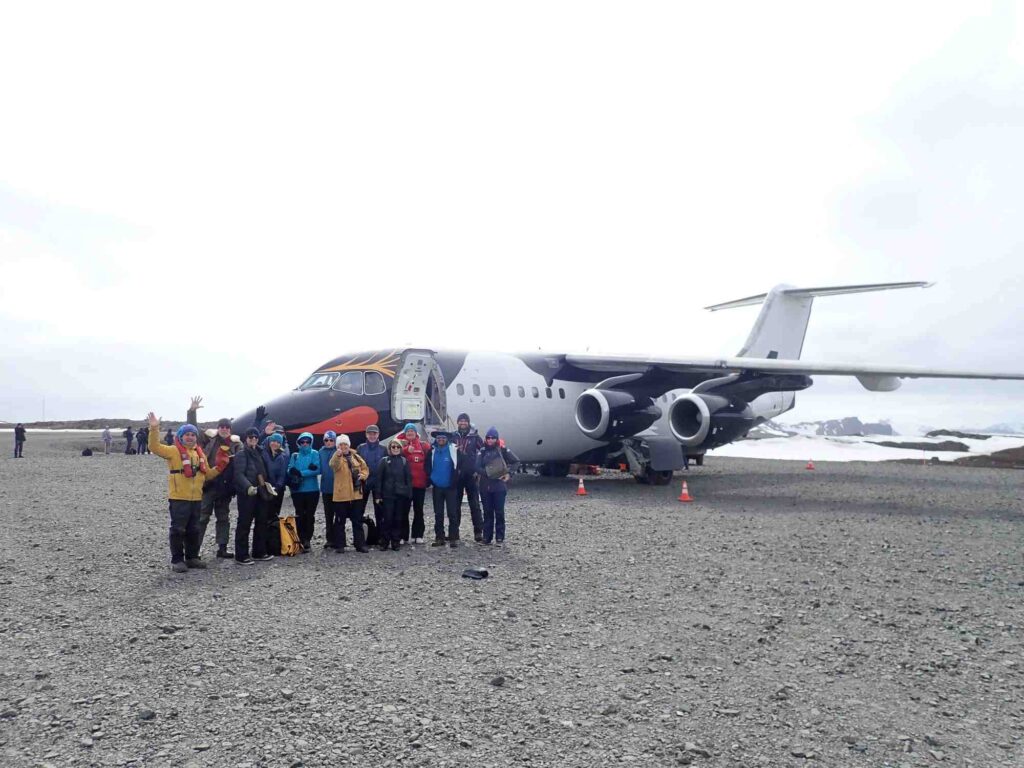
Antarctica weather overview
Antarctica is known for its extreme climate. The continent is surrounded by the Southern Ocean, which influences its weather patterns, making them some of the harshest on the planet. The temperature in Antarctica can vary dramatically depending on the season, location, and time of day.
Winter in Antarctica (March – September)
Winter in Antarctica is long, cold, and dark. From March to September, the continent experiences 24 hours of darkness as the sun doesn’t rise above the horizon. During this period, temperatures can plummet to extreme lows, with averages ranging from -40°C (-40°F) in coastal areas to as low as -60°C (-76°F) or even colder in the interior.
Strong winds and blizzards are common during the winter, making travel and outdoor exploration nearly impossible. Most Antarctica tours and cruises to Antarctica do not operate during the winter due to the severe conditions. For those interested in experiencing the true extremes of Antarctica, winter research expeditions may be an option, but only for highly trained professionals.
Summer in antarctica (November – March)
The summer months are the most popular time for tourists to visit Antarctica. From November to March, the continent experiences 24 hours of daylight, with temperatures rising to more tolerable levels. In coastal regions, the average temperature in Antarctica during the summer ranges from -2°C (28°F) to 8°C (46°F). While still cold, these conditions are much more manageable for travelers.
Summer is the best time for Antarctica tours and cruises, as the ice melts enough to allow ships to navigate through the waters. Wildlife is abundant during this time, with penguins, seals, and whales being common sights. The relatively mild weather also makes outdoor activities such as hiking, kayaking, and snowshoeing possible.
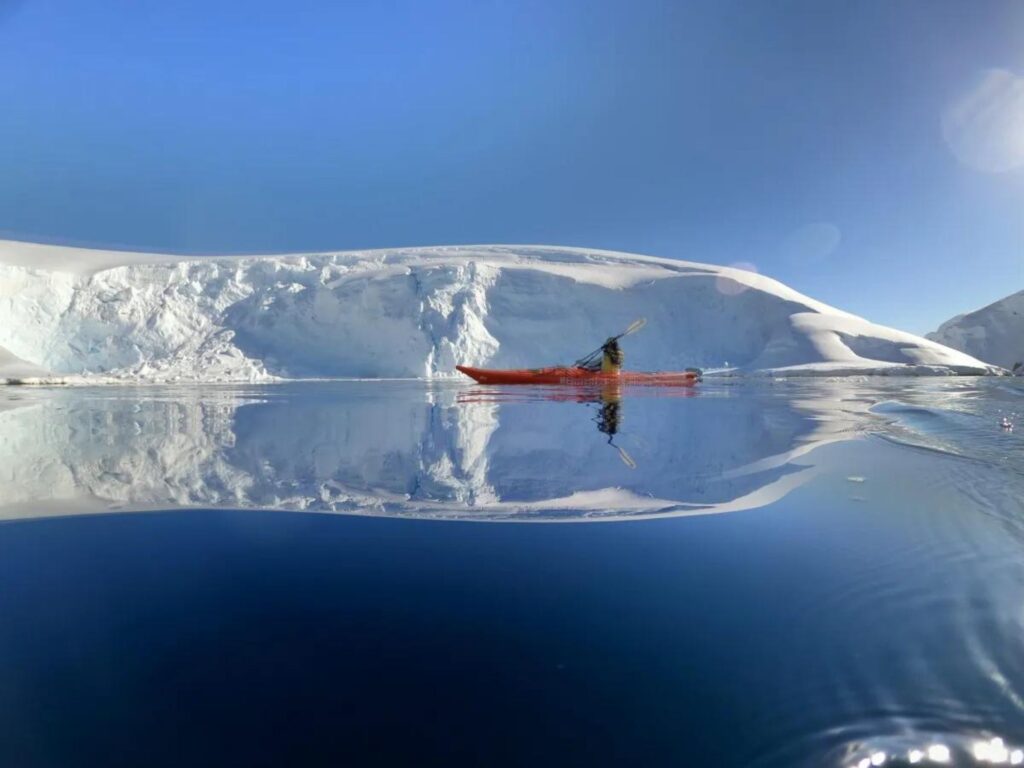
The shoulder seasons: Spring and autumn
Spring (October – November) and autumn (March – April) are transition periods in Antarctica. The weather during these months can be unpredictable, with temperatures starting to drop or rise as the continent moves between winter and summer.
While some cruises to Antarctica operate during the shoulder seasons, travelers should be prepared for sudden weather changes. During spring, the snow and ice begin to thaw, and by autumn, the freeze starts to return. Wildlife is also less active during these periods, but the landscape’s transformation can be a unique experience for those willing to brave the colder temperatures.
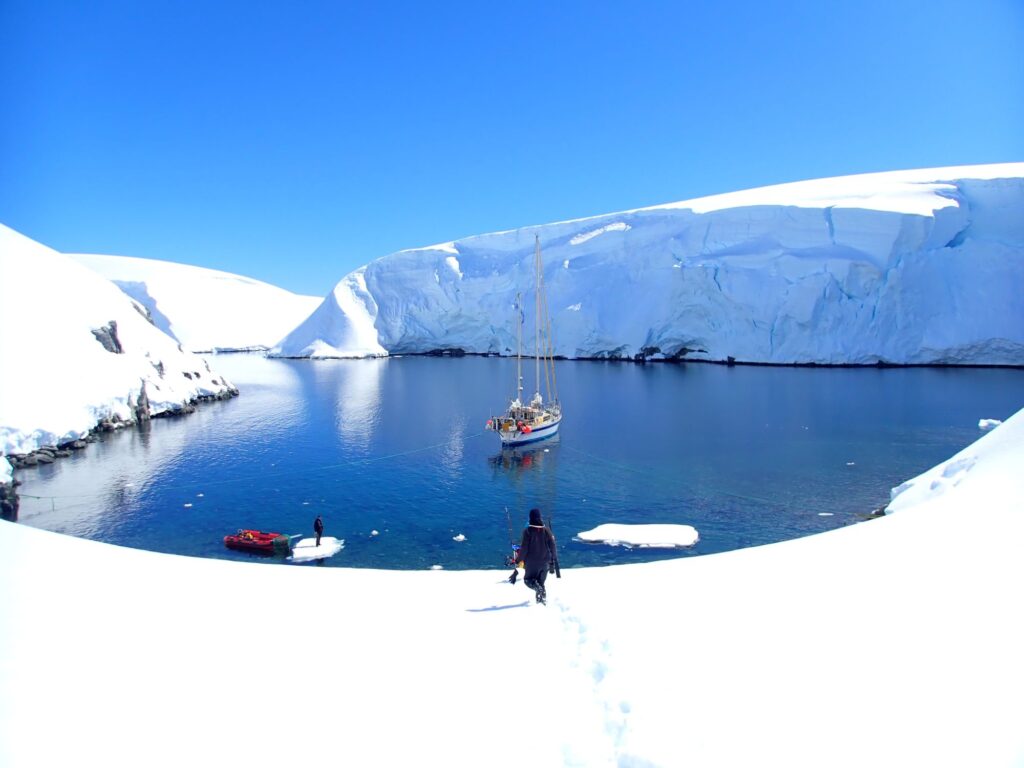
When is the best time to visit Antarctica?
The best time to visit Antarctica largely depends on what you want to see and experience. For most travelers, the summer months from November to March are ideal. During this time, the Antarctica weather is at its most accessible, and Antarctica tours are in full swing.
- November – Early December: This is the beginning of the Antarctic summer and one of the best times to see icebergs. The landscape is still heavily covered in snow, and early visitors may witness penguins building their nests.
- Mid-December – January: This is the peak tourist season in Antarctica, with the most favorable weather. Penguin chicks start to hatch, and seal pups are visible on the beaches. The long daylight hours and relatively warm temperatures make this the best time for outdoor activities.
- February – March: As summer comes to an end, the melting ice creates better conditions for whale watching. Penguins start to molt, and the temperatures, while still mild, begin to drop. This is also a quieter period with fewer tourists, offering a more serene experience.
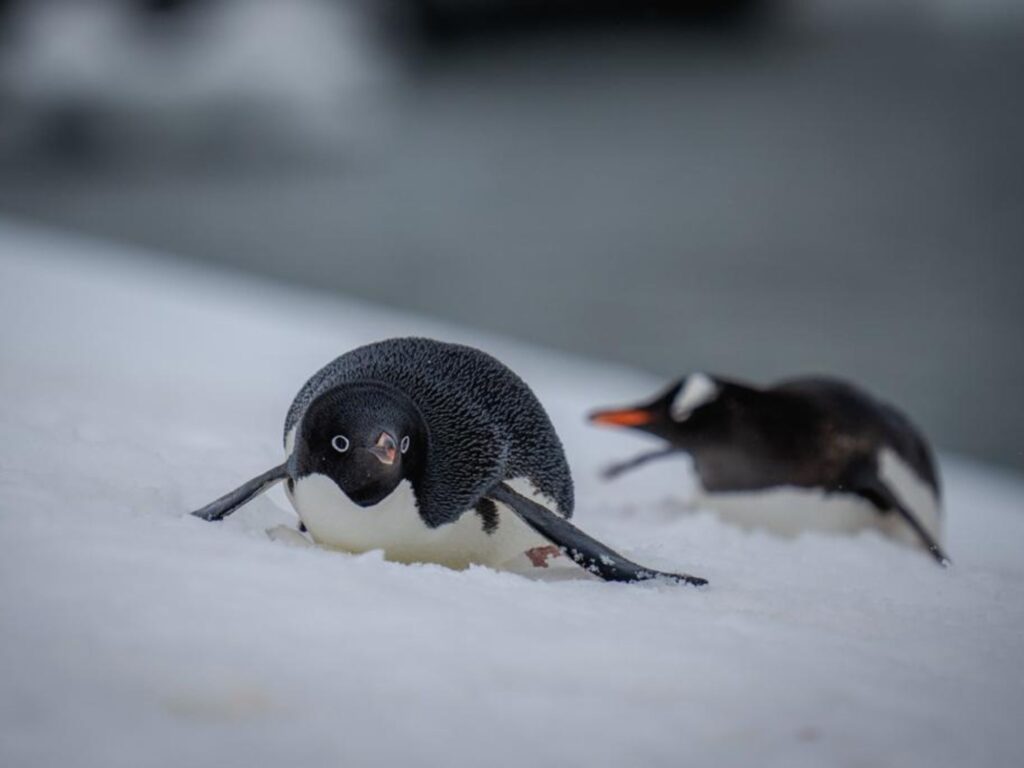
What to pack for an antarctic adventure
Packing for a trip to Antarctica requires careful planning. The Antarctica weather can be highly unpredictable, even in summer, so it’s important to be well-prepared. Here’s a list of essentials to bring on your cruise to Antarctica:
Layered clothing
The key to staying warm in Antarctica is layering. With the right combination of base, middle, and outer layers, you can adapt to the changing weather conditions.
- Base Layer: Thermal underwear made from moisture-wicking materials such as merino wool or synthetic fabrics is essential to keep your body dry and warm.
- Middle Layer: Insulating layers like fleece or down jackets provide additional warmth. Depending on the weather, you can add or remove layers to stay comfortable.
- Outer Layer: A waterproof and windproof jacket and pants are necessary to protect you from the cold winds and snow. These layers should be breathable to prevent overheating during physical activities.
Footwear and accessories
- Sturdy Boots: Insulated and waterproof boots are a must for walking on snow and ice. Many Antarctica tours will provide boots for land excursions, but check with your tour operator in advance.
- Hats, Gloves, and Neck Gaiters: Keeping your extremities warm is crucial. Bring a hat that covers your ears, insulated gloves, and a neck gaiter or scarf for added protection against the wind.
- Sunglasses and Sunscreen: The sun in Antarctica can be intense, especially with the reflection off the ice. Polarized sunglasses and high-SPF sunscreen are essential to protect against UV rays.
Other essential items
- Binoculars and Cameras: Antarctica offers incredible wildlife and scenic views. Bring binoculars for whale and bird watching, and a camera with plenty of memory cards to capture the stunning landscapes.
- Medications and Seasickness Remedies: The Drake Passage, which most cruises to Antarctica must cross, is notorious for rough seas. Be sure to pack seasickness medication if you are prone to motion sickness.
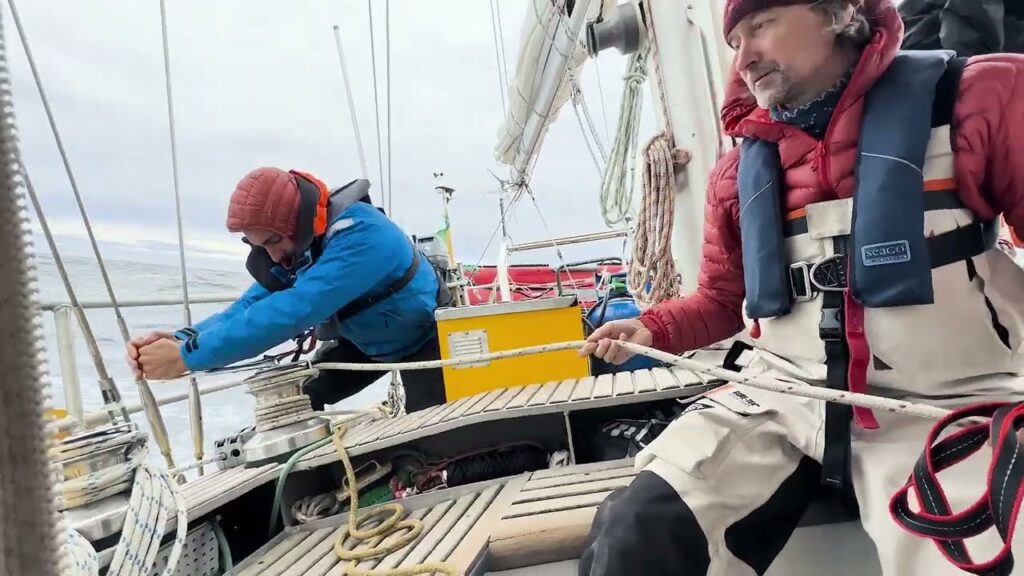
A trip to Antarctica is a once-in-a-lifetime adventure, but understanding the Antarctica weather is crucial for a successful journey. From the extreme cold of winter to the more temperate summer months, each season offers a different experience. For most travelers, visiting during the summer, between November and March, is the best option, as the weather is milder, and Antarctica tours are widely available. By packing appropriately and planning ahead, you can fully embrace the beauty and majesty of this frozen frontier. Contact us!

